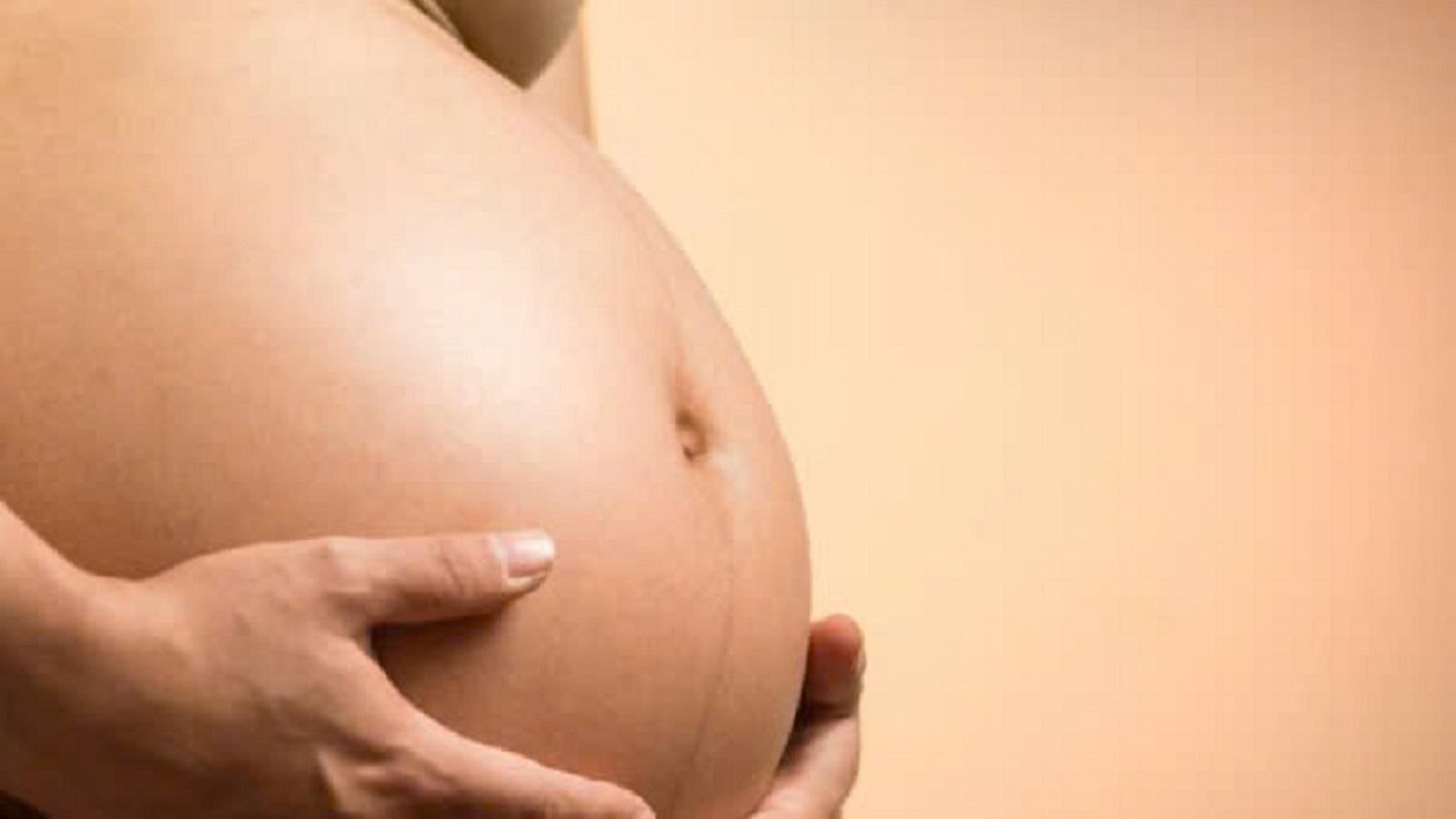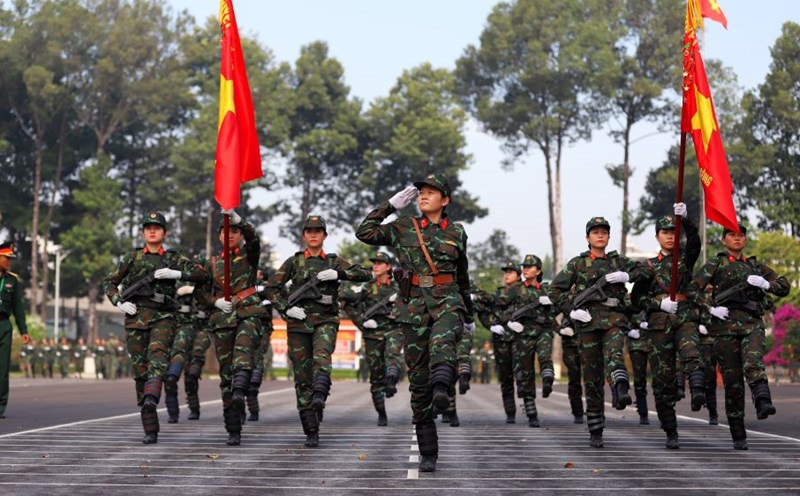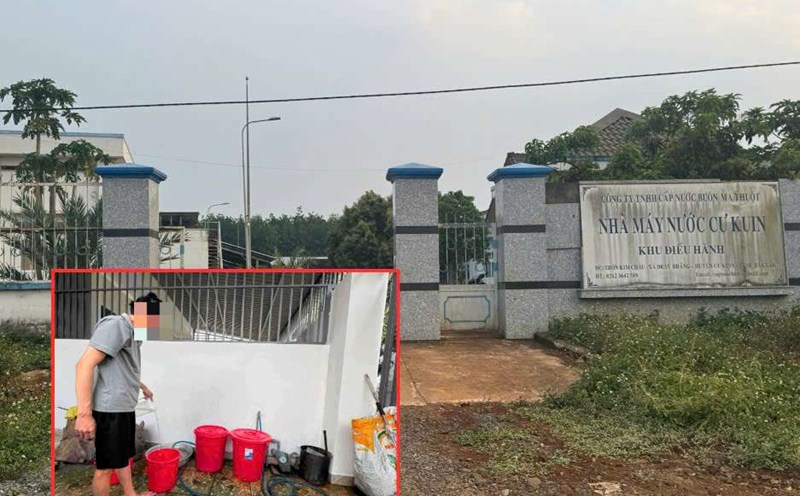
What is preeclampsia in pregnancy?
Preeclampsia is a pregnancy-induced disorder that occurs in the third trimester of pregnancy and is characterized by three symptoms: high blood pressure, proteinuria, and edema. If left untreated, preeclampsia can lead to dangerous complications for both mother and baby, including premature birth, placental abruption, and long-term health risks. Therefore, early detection and monitoring are important to manage this condition.
What is eclampsia in pregnancy?
Eclampsia is a serious complication of preeclampsia. It is a rare but serious condition that occurs when preeclampsia is not treated promptly.
According to a study published in the journal Cureus, eclampsia can be dangerous for both mother and baby. Eclampsia can occur during pregnancy, labor, or after birth.
How to prevent preeclampsia and eclampsia during pregnancy
Although there is no way to completely prevent preeclampsia and eclampsia, certain lifestyle changes and medical interventions can help reduce your risk of developing these conditions.
Maintaining a healthy diet rich in fruits, vegetables, whole grains and lean proteins, along with regular exercise, can help control blood pressure and reduce the risk of preeclampsia for pregnant women.
Regular prenatal care and check-ups help detect high blood pressure or other signs of preeclampsia early so that timely intervention can be provided.






